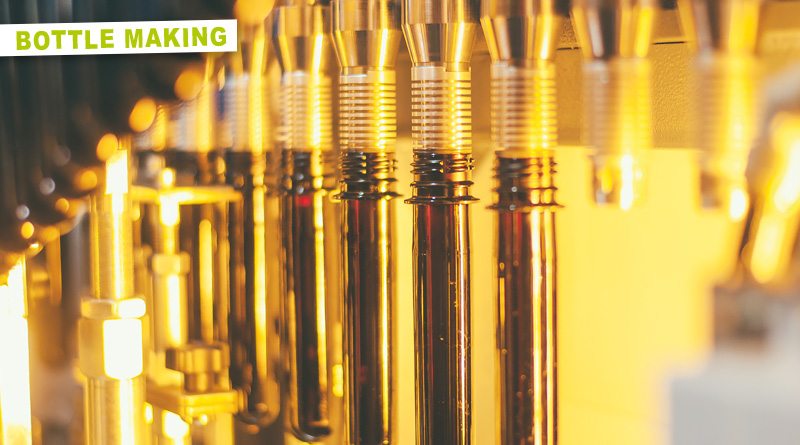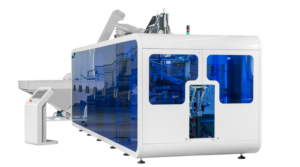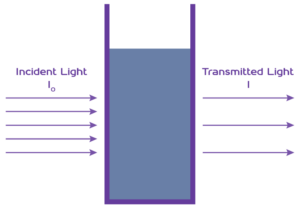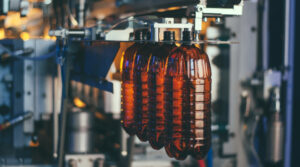NIR heating technologies for PET bottle blow moulding
The global market for PET containers is expected to grow at a CAGR of 5.3% between 2022 and 2023. According to a report by Future Marketing Insights, it will increase from US$ 73.1 billion to US$ 122.4 billion. Currently, it is estimated that more than 500 billion PET bottles are used worldwide for packaging various products. NIR (near infrared) irradiation plays an important role in the various (processing) stages and is further fuelled by the global rPET trend. Machine manufacturer PET Technologies, headquartered in Austria and manufacturing in Ukraine, designs and installs NIR heaters and sheds light on the background and advantages of the technology.
IR lamps emit a wide range of frequencies with three types of infrared radiation: wave numbers in the near IR range of 2,500-714 nm (4,000-14,000 cm-1), medium range of 25,000-2,500 nm (400-4,000 cm-1) and far range of 2,500.000-25,000 nm (4-400 cm-1). Both IR and NIR spectroscopy use spectral data to characterise matter. The main difference is the range of the electromagnetic spectrum investigated. NIR spectroscopy focuses on the range from 714 nm to 2,500 nm. This is just outside the range normally visible to the naked eye. Radiation in the NIR range can penetrate PET completely to a certain depth. According to the Beer-Lambert law, the amount of light absorbed by a sample (in our case a PET preform) is directly related to the volume of the sample that the light passes through and the concentration of the sample.
The importance of NIR technology for PET bottle production is obvious: the heating process is faster compared to a conventional IR system, resulting in energy savings, plus space savings in the design of the heater for the stretch blow moulding machine.
PET Technologies, which has been in the industry for 24 years, was an early adopter of NIR heating for its linear PET stretch blow-moulding machines, as seen in the APF Max series. The compactly designed model series is intended to achieve uniform temperature distribution between the inner and outer parts of the preform wall with reduced heating time and corresponding energy efficiency. CEO Maxim Poliansky explained: “Not all blow moulding machines can process rPET preforms. This is mainly due to material properties like melt flow, crystallinity and molecular weight. Material contamination, for example, can also lead to premature wear of machine components. The importance of NIR heating systems for blow moulding with rPET preforms also increases with the proportion of recyclate contained in the preform. Not all machines on the market can achieve the correct melting temperature and thermal stability. Our model range of reheat stretch blow moulding machines is compatible with rPET,” Maxim Poliansky said, referring to projects completed in Europe, Asia, Africa, North and Latin America.
The role of the NIR heating system in bottle blow moulding from rPET preforms increases with the percentage of recycled material in the sample.




